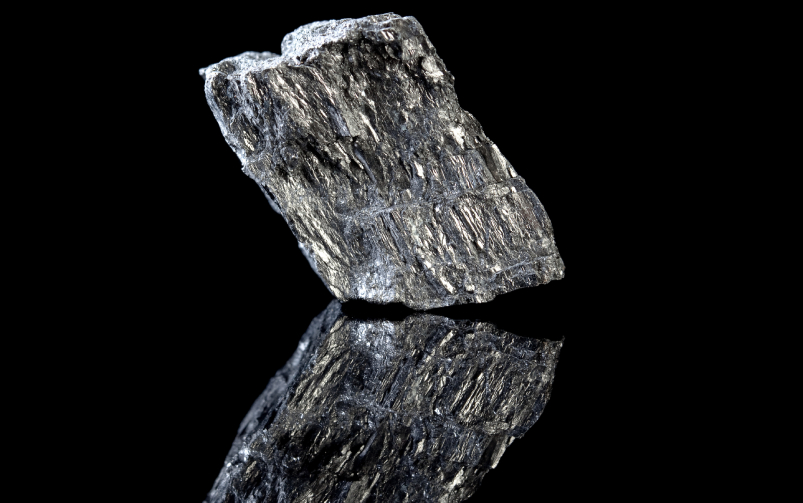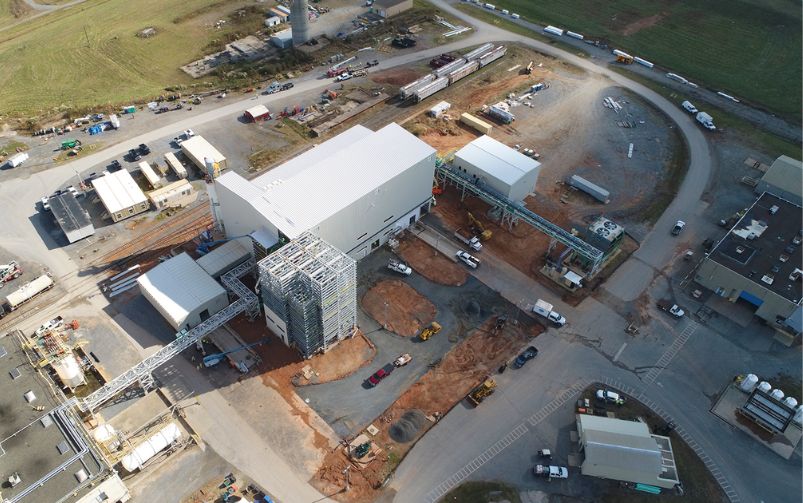The Odyssey gold mine, owned by Agnico Eagle Mines, will see its mine life extended to 2042, due to resource growth. Courtesy of Agnico Eagle Mines.
Welcome back to your weekly mining news recap, where we catch you up on some of the news you may have missed. This week’s headlines include Hudbay Minerals tripling its land holding in Manitoba, a new protocol focused on improving equity, diversity and inclusion (EDI) in the mining industry and the winning team of the Ontario Mine Rescue provincial competition.
A proposed $10 billion settlement has been reached between leaders of the Robinson Huron Treaty Litigation Fund and the governments of Ontario and Canada over unpaid annuities for land usage that stretch back more than 170 years, as reported by Global News. The Ontario and federal governments will each pay $5 billion to the 21 First Nations in the Robinson Huron Treaty Territory. The Robinson Huron Treaty, which was signed in 1850, committed to paying the First Nations groups annual amounts tied to resource revenues. In 1875, the annuity was increased from $1.70 per person to $4 per person, but has not increased since. In 2020, Ontario Superior Court Justice Patricia Hennessy ruled the two governments had not honoured the treaty. Had the settlement not been reached, Hennessy, profiled in the “Names to Know” feature in the June/July issue of CIM Magazine, was set to rule in the fall on compensation owed to the groups.
Eldorado Gold Québec’s Lamaque underground gold mine welcomed its first battery-electric truck, a 50-tonne Sandvik TH550B, into its fleet. The truck will enter its testing phase over the next few weeks and a second truck is scheduled to be delivered in the fall. Eldorado Gold is expecting the full implementation of both trucks to reduce its greenhouse gas (GHG) emissions at the mine by 1,700 tonnes of CO2 annually. As well as lowering GHG emissions, Eldorado said it will improve the health and safety of its workers by decreasing exposure to diesel exhaust.
The Mining Innovation Commercialization Accelerator (MICA) Network, a government-funded initiative to bridge gaps between innovation and commercialization, will allocate $15 million in funding to 24 Canadian companies. This funding aims to accelerate the commercialization of mining technologies focused on increasing mine production capacity, reducing energy consumption and GHG emissions, implementing autonomous mining systems and reducing environmental risk and long-term liabilities. Steel producer Red Paramount Iron Ltd., bioenergy company Prairie Clean Energy, Expeto Wireless Inc., software company Symbioticware, data, analytics and AI company KPI Digital and information technology company KORE GeoSystems Inc. will each receive more than $1 million for their projects.
The Mining Association of Canada (MAC) has launched a new Towards Sustainable Mining (TSM) protocol aimed at improving equity, diversity and inclusion. The performance indicator will measure mining companies’ performance in several areas related to psychological safety and respectful workplaces. MAC stated it has received unanimous support from its members for the new protocol, which is part of its sustainability program that assists mining companies in managing key environmental and social risks. The program is a mandatory component of MAC membership.
Hudbay Minerals will purchase Canadian exploration firm Rockcliff Metals in a US$13 million transaction, as reported by Mining Weekly. Both companies are joint venture partners on the Talbot copper-gold deposit in Manitoba and the junior miner owns an additional six undeveloped deposits in the province’s Snow Lake region. The acquisition makes Hudbay the sole owner of the Talbot project and more than triples its prospective land package in the Snow Lake region, according to Peter Kukielski, Hudbay CEO and president.
Meanwhile, the Upper and Lower Similkameen Indian Bands have expressed concerns over Hudbay’s acquisition of Copper Mountain Mining Corporation and the Copper Mountain mine in British Columbia. In a joint statement, they said, “In addition to the mine itself, there are serious concerns about the Copper Mountain tailings management facility, which despite being one of the tallest in the world has never undergone a full environmental assessment.” According to the statement, the two bands were in talks with Copper Mountain Mining to update existing environmental protections and economic terms, but the acquisition took place without completion of an updated agreement. The Upper and Lower Similkameen Indian Bands said they see this as “familiar disregard for genuine First Nation concerns and inherent rights."
Agnico Eagle Mines will add three years to the life of the Odyssey gold mine in Quebec, which is part of the Canadian Malarctic gold mine complex, as reported by the Canadian Mining Journal. A transition from open pit to underground mining added approximately 1.7 million ounces of gold to the mine plan, according to Ammar Al-Joundi, Agnico’s president and CEO, which brings the total mine plan to 2.8 million tonnes of reserves grading 2.22 g/t gold. The company forecasts a 23 per cent increase in payable gold from the Odyssey mine. From 2029 onwards, the complex is expected to average 558,000 ounces of gold per year over 13 years at total cash costs of US$768/oz.
Sayona Mining Limited is moving ahead with the planning of a lithium carbonate production plant at its North American Lithium operation in Quebec. This week, the company announced the results of a preliminary study which outlined the production of 372,000 tonnes of lithium carbonate over a project life of 16 years. The project could generate a pre-tax net present value of $2.9 billion at an eight per cent discount rate, and a pre-tax internal rate of return of 60 per cent. Based on the results of the preliminary study, Sayona plans to commission a definitive technical study for the project. Subject to the study’s timing and outcomes, the standalone carbonate plant could be commissioned as early as 2026.
The Lake Shore Gold Timmins West-Bell Creek mine rescue team won the Ontario Mine Rescue provincial competition held at the Canadian Gypsum mine in Hagersville last week. The underground emergency scenario at an actual operating underground mine involved rescuing a civilian and a mine worker, assessing unstable and collapsed mine workings using drones and extinguishing an underground vehicle fire. Lake Shore Gold mine rescue team captain Adam Weagle praised the competition for giving “a tremendous amount of training” to volunteer mine rescuers.
Avalon Advanced Materials has purchased an industrial site in Thunder Bay for its proposed lithium conversion chemical plant, as reported by Northern Business Ontario. The location has access to roads, rail and deep-water ports and would act as a midpoint between its exploration-stage Separation Rapids lithium project north of Kenora—which has yet to enter production—and the downstream electric vehicle (EV) battery and automotive manufacturing hubs in the south. The purchase follows a $63 million investment in Avalon from the Belgian material company Sibelco announced last week.
That’s all for this week. If you’ve got feedback, you can always reach us at editor@cim.org. If you’ve got something to add, why not join the conversation on our Facebook, Twitter, LinkedIn, or Instagram pages?




